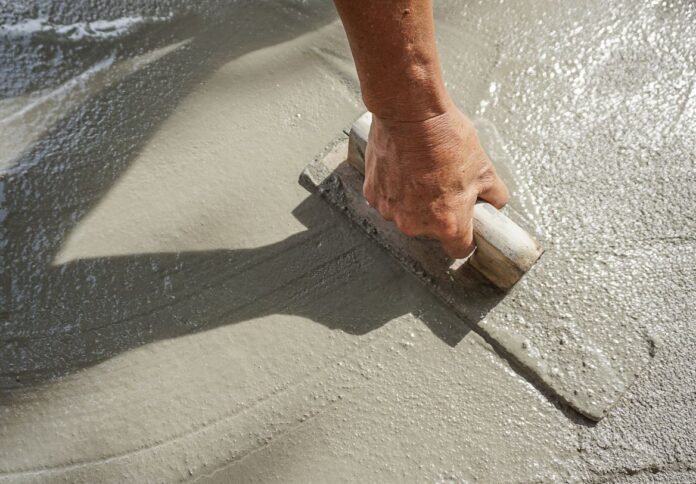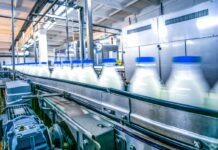
A report from engineering company Hatch has discovered the promising potential of “green concrete” as a key player towards Australia’s progress towards decarbonisation.
Dr Ezgi Kaya, a structural engineer at Hatch Australasia and author of the report, highlighted how green concrete can serve as a sustainable environmentally friendly alternative to traditional concrete and an excellent solution for reducing carbon emissions in the construction industry.
“Unlike conventional concrete, which requires a considerable amount of energy and resources to produce, green concrete often uses recycled materials and minimises the use of Portland cement, a major contributor to carbon emissions,” Kaya said.
Concrete currently ranks as the biggest contributor to the industry’s carbon footprint and is the second most consumed material in the world after water.
The material contributes eight per cent to the world’s carbon emissions, greater than that of all countries except for China and the United States.
Green concrete has been used in more than 60 projects across different sectors in Australia, including infrastructure, building, industrial, marine, and geotechnical.
“Given that the carbon reduction achieved through its use can be as much as 80 per cent, the potential for green concrete to positively impact our emissions targets is monumental,” Dr Kaya said.
The Hatch engineer also emphasised Australia’s vast potential for green concrete usage due to its abundance of resources, such as recycled aggregates, fly ash, and slag.
The materials can be used as an alternative to traditional aggregates and cement, making the production of green concrete more sustainable and eco-friendly.
“Replacing just 50 per cent of traditional concrete with green concrete could reduce Australia’s carbon emissions by approximately 17 million tonnes annually, which is equivalent to removing four million cars from the road.”
More and more industries around the world are beginning to turn to the use of green concrete. The material has been used in the construction of high-profile buildings, such as the Louvre Abu Dhabi and Amsterdam’s Schiphol Airport.
Meanwhile, Australian industry leaders are beginning to recognise the benefits of green concrete. Hatch engineers are also helping clients in which green concrete can be used, with the goal of making this the new normal within the next few years.
“As Australia continues to push towards a sustainable future, the adoption of green concrete is a crucial step in achieving its decarbonisation goals. By embracing this innovative and environmentally friendly construction material, Australia can not only reduce its carbon footprint but also create a more sustainable and resilient built environment,” Kaya said.



















